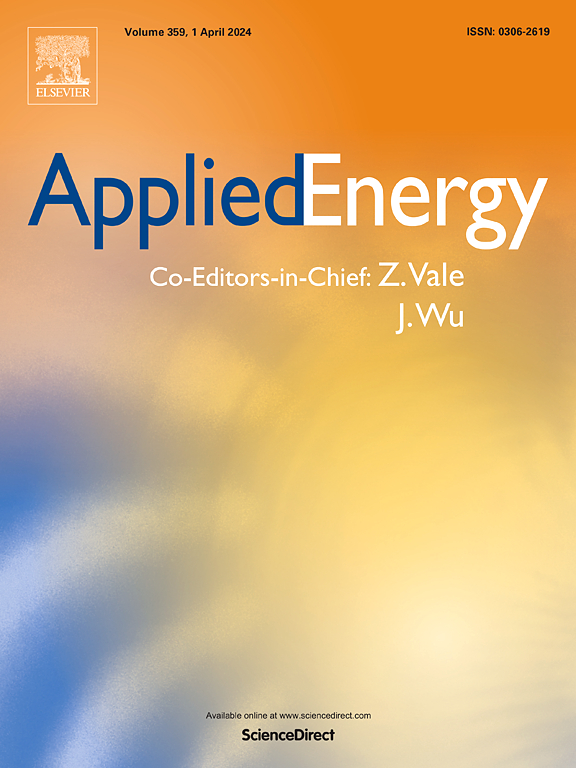The riddle of the sands: C02 emissions reduction and California's renewables portfolio
IF 10.1
1区 工程技术
Q1 ENERGY & FUELS
引用次数: 0
Abstract
Development of nuclear energy in northern Alberta has been proposed as a means of reducing the environmental costs of oilsands extraction; rather than open-pit mining, steam from nuclear power plants would be used for in situ extraction of petroleum. Such development could be facilitated by the export of electricity to California, thereby facilitating achievement of the State's legislative target that 60 % of electricity come from renewable sources by 2030 and 100 % by 2045. Using a policy-oriented, grid allocation model and projections of future power requirements in California, this study determines whether there is indeed potential for Alberta to export carbon-free electricity to California to the benefit of both jurisdictions. We find that doing so could reduce California's CO2 emissions in the electricity sector by some 70 to 85 %. However, if California decided to rely more on in-house generation of nuclear power, the market available to Alberta would be constrained by the extent to which the State exploits nuclear capacity. It is also constrained by the extent to which the load profile can be altered and the ability to exploit wind and solar regimes that differ from those currently used to generate power.
求助全文
约1分钟内获得全文
求助全文
来源期刊

Applied Energy
工程技术-工程:化工
CiteScore
21.20
自引率
10.70%
发文量
1830
审稿时长
41 days
期刊介绍:
Applied Energy serves as a platform for sharing innovations, research, development, and demonstrations in energy conversion, conservation, and sustainable energy systems. The journal covers topics such as optimal energy resource use, environmental pollutant mitigation, and energy process analysis. It welcomes original papers, review articles, technical notes, and letters to the editor. Authors are encouraged to submit manuscripts that bridge the gap between research, development, and implementation. The journal addresses a wide spectrum of topics, including fossil and renewable energy technologies, energy economics, and environmental impacts. Applied Energy also explores modeling and forecasting, conservation strategies, and the social and economic implications of energy policies, including climate change mitigation. It is complemented by the open-access journal Advances in Applied Energy.
 求助内容:
求助内容: 应助结果提醒方式:
应助结果提醒方式:


